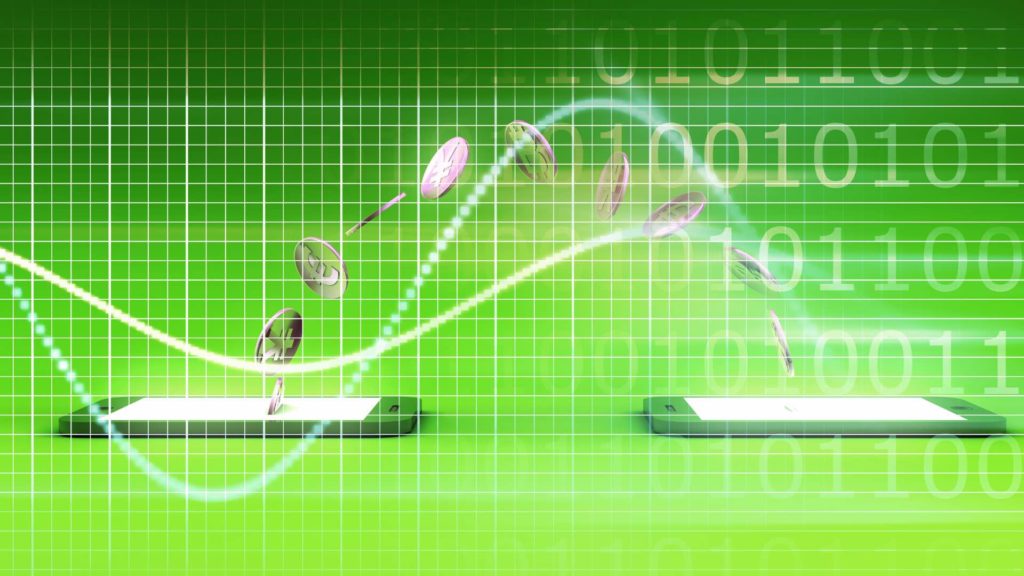The GSMA’s 10th annual ‘State of the Industry Report on Mobile Money have been released. It demonstrates that mobile money adoption and use grew even more in 2021, with a total transaction volume of $1 trillion.
The number of registered accounts in the sector has increased significantly since 2020, rising 18% to 1.35 billion worldwide. Every hour, more than 1.5 million person-to-person transactions occurred.
Merchant payments, which nearly doubled year over year, were one of the most significant growth drivers, according to the research.
It also emphasizes the importance of mobile money as a cornerstone of financial and economic inclusion, particularly for women.
Increasing merchant payments by a substantial amount:
Beyond person-to-person transfers and cash-in/cash-out transactions, mobile money’s value proposition diversified in 2021.
It has become increasingly significant in people’s and enterprises’ daily lives, particularly in low- and middle-income nations (LMICs).
Ecosystem transactions, such as merchant payments, overseas remittances, bill payments, and bulk disbursements, are now accounting for a larger share of the global mobile money transaction mix, along with interoperable transactions.
The rise of the mobile money sector in 2021 was aided by merchant payments. Merchant payments nearly doubled in value, surpassing $5.5 billion in monthly transactions.
With stronger incentives, such as easy remote onboarding processes, providers are demonstrating that they can entice enterprises to their platform.
In Kenya, for example, more than 18 percent of new merchants have self-onboarded since Safaricom’s M-PESA began allowing companies to register for an account online.
“The year 2021 marked the beginning of mobile money’s true diversification into B2B services,” says the report. “The industry is now key in helping small businesses function more efficiently and serve their consumers better,” stated Max Cuvellier, Head of Mobile for Development, GSMA.
Increasing women’s economic participation:
Mobile money has also aided financial inclusion for the world’s poorest people, notably women. Women are using mobile money to get more control over their income and to purchase necessities.
In addition, according to the GSMA Global Adoption Survey, 44 percent of providers now provide credit, savings, or insurance products, allowing underserved people to invest in their futures and livelihoods.
There are still certain impediments to disadvantaged individuals using mobile money, with the gender gap in account ownership ranging from 7% in Kenya to 71% in Pakistan.
Women in LMICs are 7 percent less likely than men to own a cell phone, which is an evident pre-requisite for utilizing mobile money.
In total, women own 143 million fewer cellphones than males. A lack of understanding about mobile money, as well as a perceived lack of relevance, education, and skills, are further barriers to mobile money use.
Despite significant progress, the report concludes that more needs to be done to close the gender gap in mobile money across LMICs.
To learn from successful experiences, solve the issue, and ensure that current gender imbalances are not further entrenched, politicians, the private sector, funders, and other stakeholders must work together, particularly in light of the COVID-19 pandemic.
Humanitarian help, utilities, and agricultural solutions can all be accessed through mobile money.
The number of individuals in need of humanitarian assistance is expected to rise to 274 million by 2022, according to the research.
Both donations and assistance receipts are projected to become more essential as mobile money improves the efficiency and transparency of delivery networks for humanitarian actors and donors.
In 2020, the United Nations Refugee Agency (UNHCR) distributed $700 million in cash and value assistance (CVA) to 8.5 million people in 100 different countries.
They’ve established digital payment systems in 47 countries, 15 of which employ mobile money.
The digitalization of CVA through mobile money has the potential to increase agency and dignity as well as financial inclusion in many humanitarian settings.
In LMICs, mobile money also makes essential utility services and agricultural solutions more accessible.
To guarantee that this effort continues, the mobile industry and the humanitarian sector must continue to collaborate to enhance digital and financial inclusion for those who need it most.
Download the State of the Industry Report on Mobile Money for 2022 for more information.
Read more on Tech Gist Africa:
The Future of Money: The end of currency notes and the emergence of digital currency
Top Tech trends that will impact the world in 2022
Internet of Things (IoT) is set to be the next technology revolution
